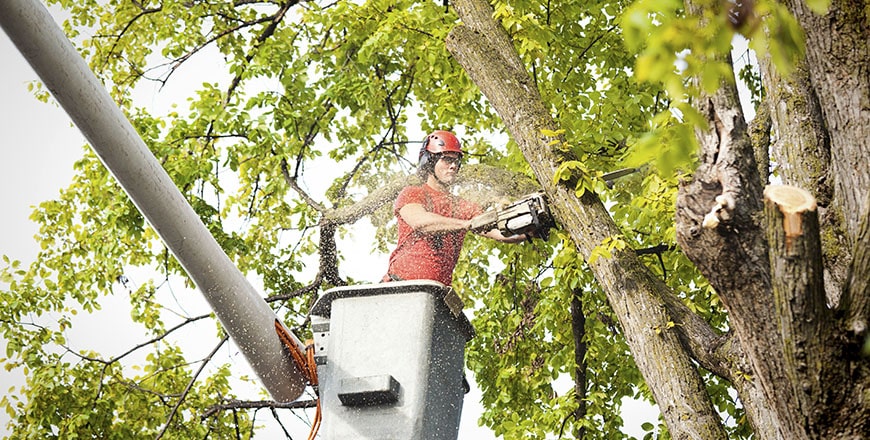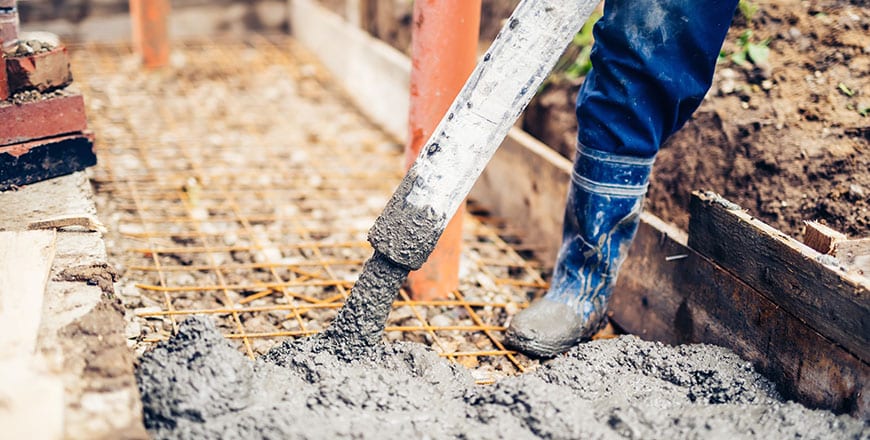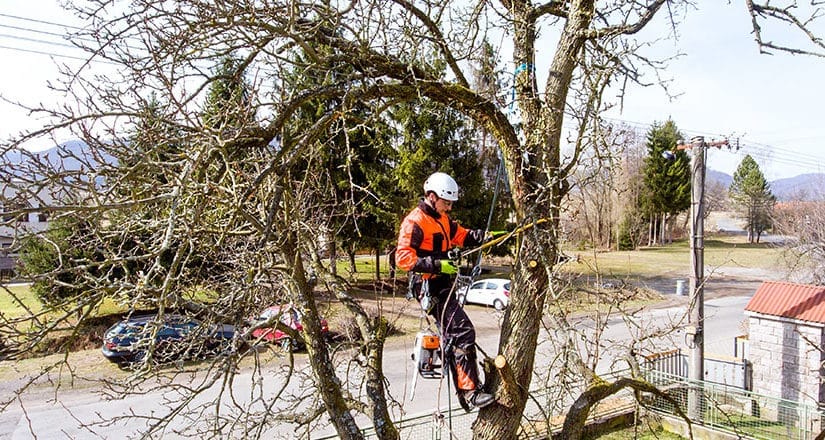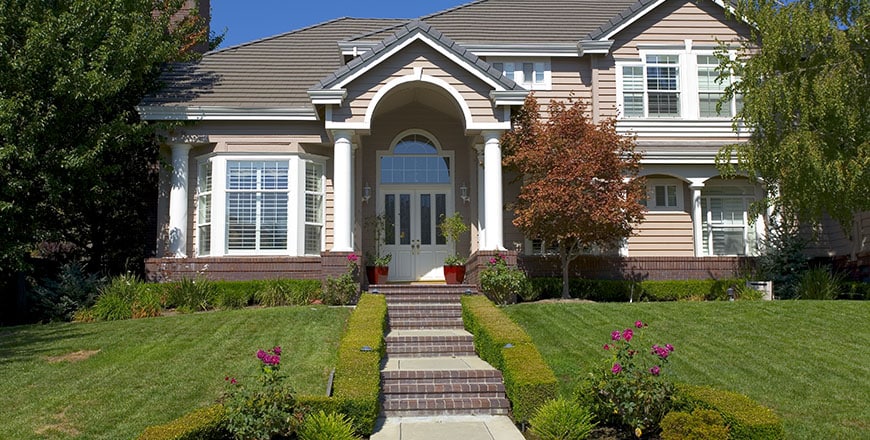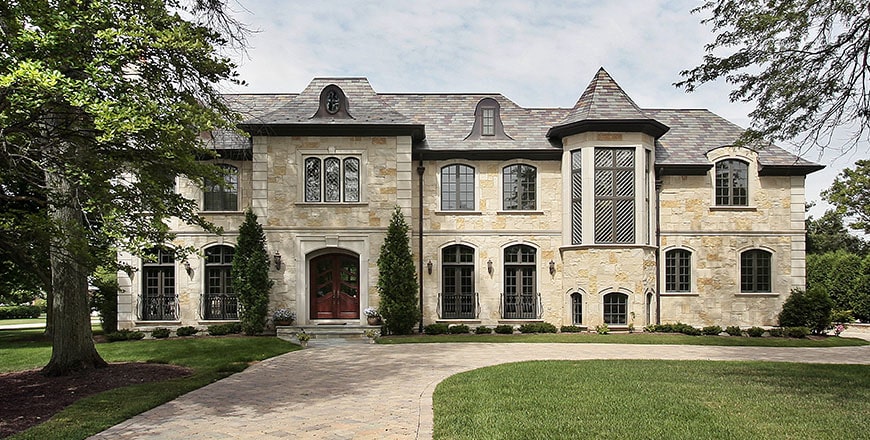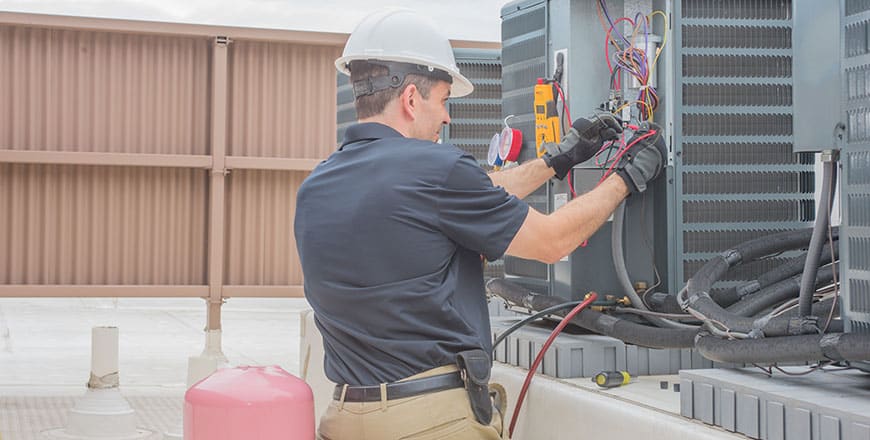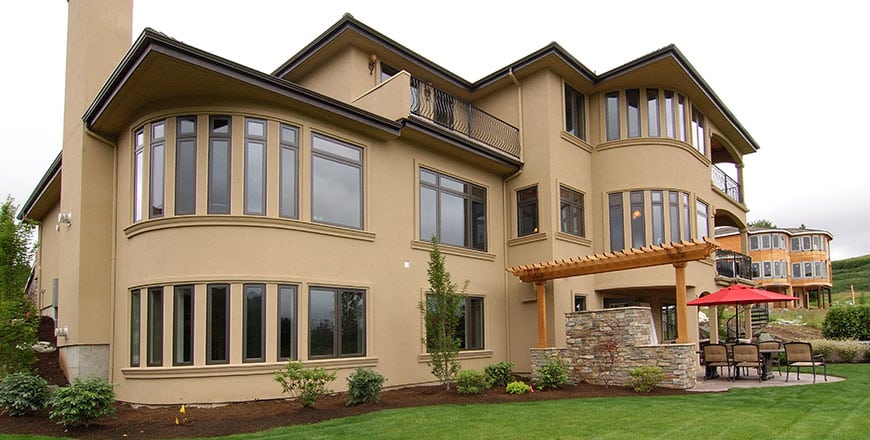Tree pruning represents one of the most important maintenance practices for maintaining healthy, safe, and attractive trees in both residential and commercial landscapes throughout their growing seasons. Regular pruning involves the selective removal of specific branches, limbs, or stems to improve tree structure, promote healthy growth, and address safety concerns that can develop over time. Professional tree services provide essential expertise in determining which branches should be removed, when pruning should occur, and how to execute cuts properly to minimize stress and promote rapid healing responses. Understanding the numerous benefits of proper tree pruning helps property owners make informed decisions about tree care that protect their investment while enhancing the beauty and functionality of their outdoor spaces for years to come.
Health and growth benefits
Proper pruning significantly improves tree health by removing diseased, damaged, or dead branches that can harbor insects, fungi, and other pathogens that threaten overall tree vitality and longevity. Dead and dying branches create entry points for decay organisms that can spread throughout the tree structure, eventually compromising the entire plant’s health and structural integrity. Removing these problematic branches through strategic pruning allows trees to direct their energy toward healthy growth rather than attempting to maintain compromised tissue that provides no benefit to the plant.
Pruning also improves air circulation throughout the tree canopy, reducing humidity levels that promote fungal diseases and creating better growing conditions for remaining healthy branches. Increased light penetration through properly thinned canopies stimulates photosynthesis in interior leaves while promoting more balanced growth patterns throughout the tree structure. Strategic removal of competing or crossing branches eliminates points of friction that can create wounds and damage while allowing the tree to develop a stronger, more efficient branching structure over time.
Safety considerations and risk reduction
Tree pruning plays a crucial role in maintaining safety around homes, buildings, walkways, and power lines by removing branches that pose hazards to people and property during normal weather conditions and storms. Overhanging branches near structures can cause damage during wind events while dead or weakened limbs may fall unexpectedly, creating liability concerns for property owners. Regular pruning removes these potential hazards before they can cause injury or property damage, reducing insurance risks and providing peace of mind for homeowners and business operators.
Branches growing too close to power lines present serious safety risks including electrical hazards, fire dangers, and service interruptions that affect entire neighborhoods and communities. Professional pruning around utility lines requires specialized training and equipment to ensure work is performed safely without compromising electrical systems or worker safety. Proactive pruning near infrastructure prevents emergency situations while maintaining reliable utility service for residents and businesses in the surrounding area.
Aesthetic improvements and landscape enhancement
Well-executed tree trimming dramatically improves tree appearance by creating balanced, attractive shapes that complement landscape designs and architectural features throughout residential and commercial properties. Proper pruning techniques can enhance natural tree forms while removing unsightly growth patterns, water sprouts, and sucker growth that detract from overall appearance. Strategic crown shaping creates more appealing silhouettes that serve as attractive focal points in landscape designs while maintaining the tree’s natural growth characteristics and species-specific form.
Pruning also opens up views and sight lines that may have been blocked by overgrown branches, allowing property owners to enjoy scenic vistas and improve visibility for safety and security purposes. Selective branch removal can frame desirable views while screening unwanted elements, creating more functional and enjoyable outdoor spaces. The improved light penetration resulting from proper pruning benefits understory plants and lawn areas by providing better growing conditions for other landscape elements.
Timing and seasonal considerations for optimal results
Understanding proper timing for tree pruning maximizes benefits while minimizing stress and potential damage to trees throughout different seasonal cycles. Tree cutting services Kensington typically recommend dormant season pruning for most species, as trees experience less stress when their metabolic processes are slowed during winter months. Dormant season pruning also reduces the risk of attracting insects or spreading diseases that are more active during growing seasons, while allowing clear views of branch structure without leaf coverage that can obscure problem areas.
However, certain species and specific situations may require pruning during growing seasons to address safety concerns or prevent disease spread. Spring-flowering trees should be pruned immediately after blooming to avoid removing next year’s flower buds, while some species like maples and birches may bleed sap if pruned during late winter or early spring. Professional arborists understand these species-specific requirements and can recommend optimal timing for different trees based on their health, species characteristics, and specific pruning objectives.
Different pruning techniques and applications
Various pruning techniques serve different purposes and require specific skills to execute properly without damaging tree health or structure. Crown cleaning involves removing dead, diseased, and damaged branches along with water sprouts and sucker growth that detract from tree health and appearance. Crown thinning selectively removes branches to improve light penetration and air circulation while maintaining the tree’s natural shape and size characteristics throughout the canopy structure.
Crown raising removes lower branches to provide clearance over walkways, driveways, or structures while crown reduction carefully reduces tree height or spread through proper cuts that maintain natural branching patterns. Each technique requires understanding of tree biology and proper cutting methods to avoid damaging cuts that can lead to decay, structural weakness, or poor healing responses. Improper pruning techniques can cause more harm than benefit, making professional expertise essential for achieving desired results.
Long-term property value and investment protection
Regular tree pruning protects and enhances property values by maintaining healthy, attractive trees that contribute significantly to landscape appeal and overall property desirability. Well-maintained trees can increase property values by 10-15% while poorly maintained or hazardous trees may actually detract from property worth and marketability. The investment in professional pruning services pays dividends through improved curb appeal, reduced liability risks, and enhanced outdoor living spaces that attract potential buyers and increase property values over time.
Proper pruning also extends tree lifespan, protecting the significant investment that mature trees represent in landscape value and environmental benefits. Replacing large, mature trees costs thousands of dollars and requires years or decades to achieve similar aesthetic and functional benefits. Regular maintenance through professional pruning preserves these valuable landscape assets while avoiding the expense and disruption of tree replacement that may become necessary when trees are neglected or improperly maintained.
Conclusion
Understanding these comprehensive benefits of tree pruning helps property owners make informed decisions about tree maintenance that protect their investments while enhancing safety, beauty, and functionality of their outdoor spaces. While some property owners may be tempted to attempt pruning themselves, the complexity of proper techniques and safety considerations make professional services the wisest choice for most situations. When trees become too large, diseased, or hazardous to maintain effectively through pruning, working with experienced tree removal companies Chevy Chase ensures that decisions about tree preservation versus removal are made with proper expertise and consideration for safety, property protection, and landscape goals that serve the property owner’s long-term interests and objectives.
